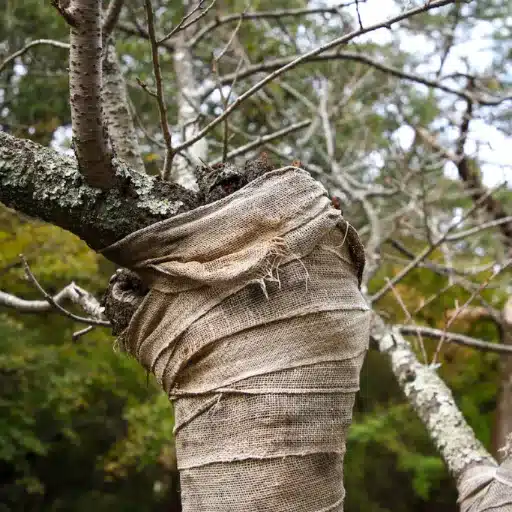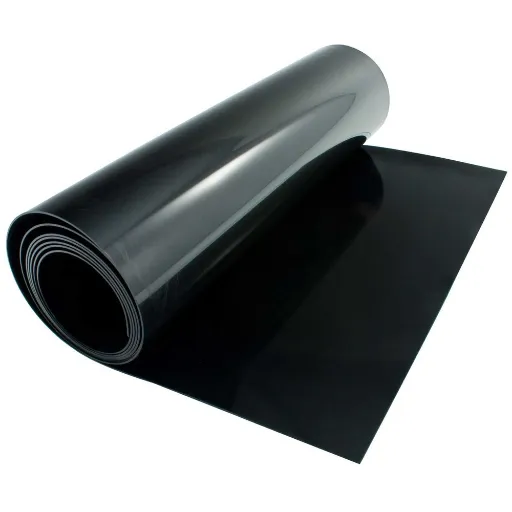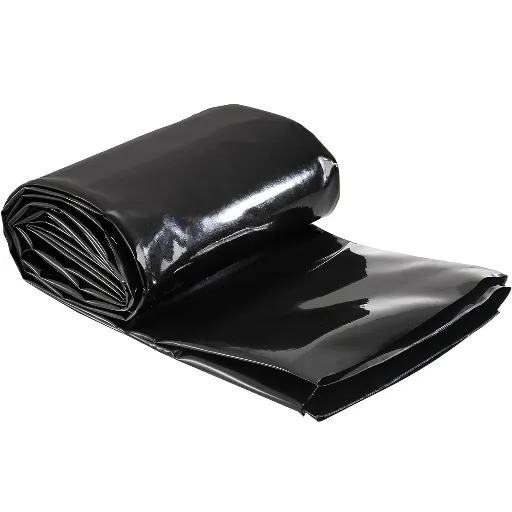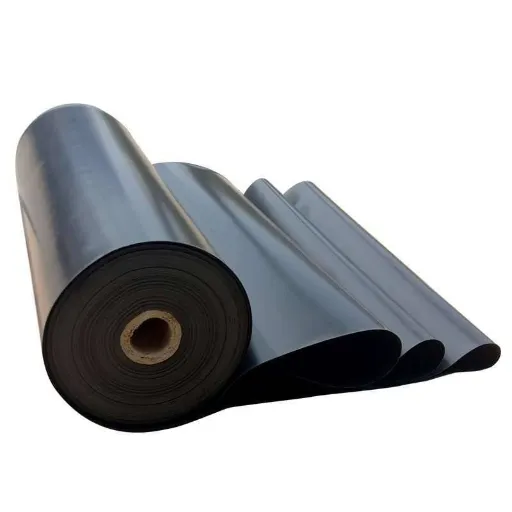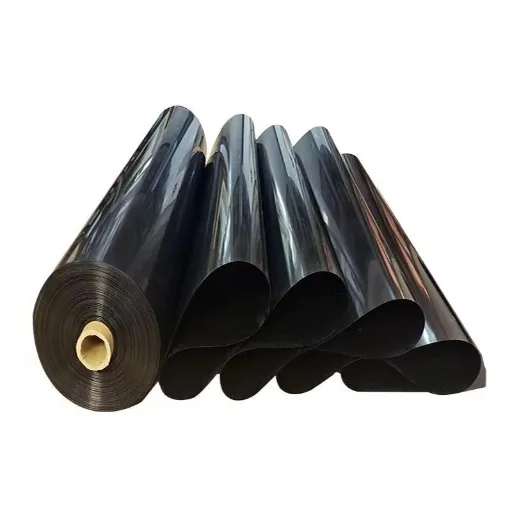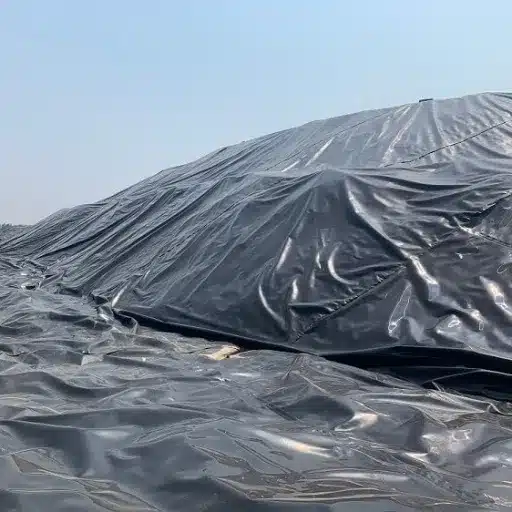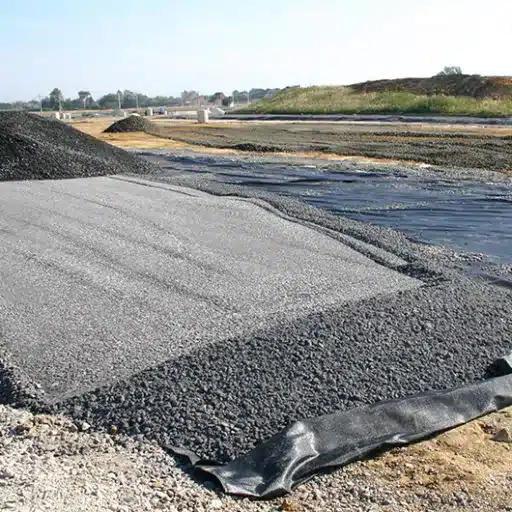Taking care of young trees is very important to nurture a healthy and thriving outdoor space. But, when the bark of a young tree is damaged-whether by nature, pests, or injury-the tree is now open to disease and injury. Knowing how to deal with and repair the damage is essential to maintain health and ensure growth down the line. This article considers the importance of tree bark, dangers of bark damage, and how tree wraps can be used to protect young trunks. Continue reading for some hands-on ideas and tips that will help your trees to survive and flourish.
Understanding Tree Bark Damage
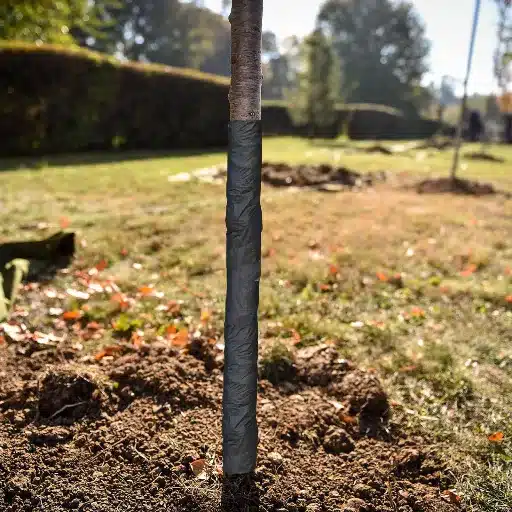
Tree bark damage once inflicted leaves a critical scar on a tree and becomes conducive to diseases and pests. I ensure I carefully clean the wound by removing any loose bark and promote healing by wrapping the wounded part with a breathable tree wrap that protects it from further harm. This will hold the support of the natural process of the tree as it accommodates its recovery.
What Causes Tree Bark Damage?
Tree bark damage can be caused by many natural and anthropogenic factors that pose a variety of challenges to tree health. One of the most common causes of bark damage is wildlife activity. Animals such as deer, squirrels, and rabbits may strip or gnaw bark, particularly in winter when food sources are scarce. For instance, studies have established that deer are responsible for a considerable amount of tree damage in rural and suburban areas, to both young saplings and mature trees.
Environmental conditions represent another major factor. Inclement weather, storms, high winds, and frost cracks, which come about as a result of sudden temperature changes, can weaken or remove bark from trees. For example, in some parts of North America, the bitter winter spells wreak havoc with frost damage to a great extent, thereby exposing the trees to infections.
Then there are such activities on the part of humans that include improper pruning, accidental injury by lawn equipment, and construction activities within the vicinity of trees. According to recent surveys, 20% of tree injuries in urban areas can be attributed to landscaping practices. Also, chemical exposures, perhaps from herbicides or pesticides, could cause discoloration of the bark and eventually systemic damage to the tree.
Understanding these causes thus makes it easier to anticipate potential problems and take measures to protect trees, such as setting up fences to discourage wildlife, careful landscaping, and proper tree care during adverse weather conditions.
How Damaged Bark Affects Tree Health
Damaged bark greatly influences a tree in all aspects of health and life and aging. The bark is a protective cover against pests, diseases, and environmental hazards. Once the cover is disrupted, the tree becomes vulnerable to numerous problems. The USDA reports indicate that infected trees are more susceptible to fungal growth if wounded. Fungi penetrate very fast and hamper the transport of water and nutrients inside the tree. Human activities account for some 60% of urban tree diseases, with ills due largely to improper pruning and mechanical injury.
Environmental factors further compound this problem. Massive temperature fluctuations are just one example of those that may aggravate the existing wounds and weaken the trees. The damaged bark could attract insect pests like borers that bore deep into the wood and hamper its internal systems. Early intervention in bark damage through protective wrapping of trees, wound sealing, or pest management programs could enhance the healing of the affected trees and enhance their functions in providing shade, air cleansing, and biodiversity support.
Benefits of Using Tree Wraps
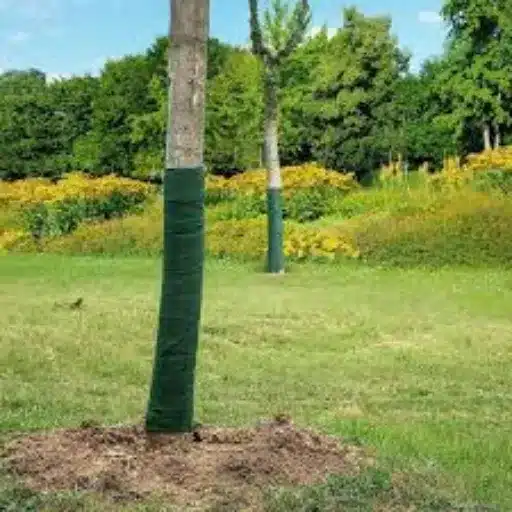
Using tree wraps protects trees from extreme temperature changes, pest infestations, and physical damages. I found that the wraps are particularly effective at preventing sunscald and lessening the harsh effects of a winter chill so trees might have a better chance to heal and grow.
How Tree Wraps Protect Young Trees
Tree wraps are an essential tool for protecting young trees against various environmental hazards, especially in their early, critical years of growth. One of the major functions of the wraps is to protect the bark from extreme temperature fluctuations. For instance, during winter, young trees can be victims of sunscald that arises from sudden warming and cooling of bark tissue, which leads to cracking and permanent damage. Studies have shown that wrapping trees with light-colored or reflective materials could cut down temperature fluctuations by 30%, reducing the incidence of sunscald and frost injuries.
Another instance that tree wraps shield young trees from physical injuries is posed by lawn equipments like string trimmers or mowers, which could scrape up the bark, weakening it. The protective barrier keeps to a minimum the wide opening of such wounds, as these are doorways to pests and diseases. Various studies evidence that the use of tree wraps can lessen pest invasions, termite and rodent attacks by about 40% as the material itself serves as a deterrent.
Tree wraps are good for the health of trees as they prevent water loss by way of drying out of the bark and also stumble the young trees from being exposed to deicing salts or chemicals during winter. Generally, an arborist considers the application of wraps during the first two to three growing seasons of a sapling’s life as a worthy investment for increasing the longevity of the tree, maturing into a strong and thriving tree. The use of tree wraps in ordinary tree care practices in any urban or natural landscape aids in the long-term stability and health of their poise.
Tree Wraps: Available Types
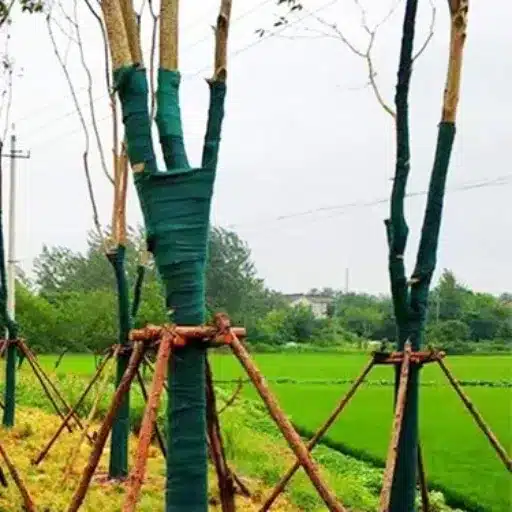
A correct tree wrap is necessary for the protection of saplings and young trees, as various materials do each offer different advantages depending on environmental conditions and specific needs of the tree. Here are the main types of tree wraps:
1
Paper Tree Wraps
Paper wraps are the common and cheap option, particularly for young trees. They are generally made of biodegradable substances that insulate the bark from sunscald and frost cracks. Paper wraps are highly breathable, which is very beneficial in preventing moisture buildup and the development of fungal infections or molds on or near the tree trunk.
Research indicates the use of paper tree wraps could reduce bark damage by up to 45% during sudden temperature extremes. This makes them ideal for trees subjected to either harsh southern sun or bitter cold.
2
Burlap Tree Wraps
Another popular material is that of burlap wraps, which, in addition to being eco-friendly, are nice and tough. Burlap offers protection against wind, snow, and ice while still allowing plenty of air circulation around the tree trunk. This type of wrapping is therefore good for cold winter-type regions or places where wildlife, such as deer or rabbits, might nibble at the saplings.
The data on arboricultural studies for burlap wraps state that the wraps could prevent more than 30% of bark injuries during winter, giving additional environmental stress protection.
3
Fabric Tree Wraps
Fabric wraps, made of polypropylene or other synthetic fibers, are for long-term protection. Considered lightweight, reusable, and rot-resistant, these wraps defend trees from weather and pests. The fabric tree wraps are even adjustable to different sizes of trees. Modern fabric wraps come with UV protection and other modern features that speak for their effectiveness.
Studies indicate that synthetic fabric wraps can improve sapling survival rates by as much as 50% if properly used during early growth stages.
Step-by-Step Guide to Applying Tree Wraps
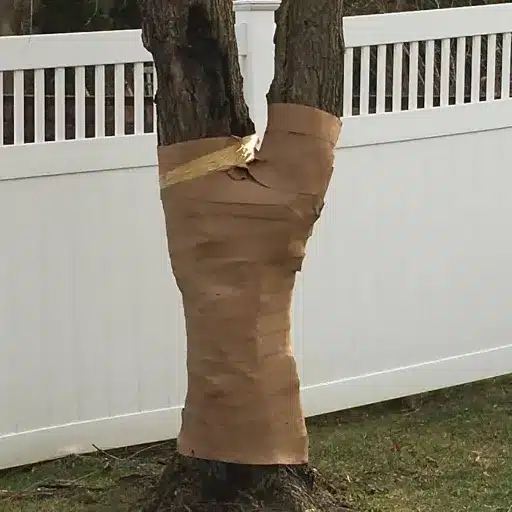
Tree Trunk Preparation for Wrapping
An adequately prepared tree trunk is fundamental if tree wrapping is to be effective and result in healthy growth. Listed below are the important steps to be followed:
1
Examination of the Tree Trunk
Start by examining the tree trunk closely for signs of injury or damage, disease, or pests. Look for cracks, wounds, or discoloration: symptoms that might point to some underlying problems. It is advisable to deal with these problems before wrapping; otherwise, wrapping could act as a medium trapping infections or harmful agents against the bark.
2
Cleaning the Surface
Remove dirt and debris using a fairly soft brush; loose bark may also be removed. So, cleanliness is important to ensure that the wrap sticks smoothly without undue friction causing damage with time. Do not use anything abrasive that will injure the healthy bark.
3
Treat Any Wounds or Cracks
Wounds and cracks, if present, may be treated by applying a tree wound sealant or protective coating. Recent findings suggest that untreated wounds predispose a tree to decay or pest infestation. Excess treatments should, however, be avoided, as unnecessary applications may hinder crucial airflow.
4
Measure and Cut Correctly
Measure the tree trunk correctly so that the wrap fits tightly but not too tight around the tree. If the wrapping is too loose, it will not be of any protective pressure on the tree, while if it is too tight, it will restrict the growth of the tree and may damage the bark.
When to Remove Tree Wrap
Knowing when to take a tree wrap off is pivotal for the health and growth of your trees. Tree wraps are put onto trees in late fall as protection from winter conditions such as sunscald and frost and will need to be removed by the time the tree no longer requires such protection. Most arborists generally state that tree wraps should be taken off in early spring, somewhere between late March and early April, however, it depends on one’s geographical location and climatic conditions. Leaving the wrap on for longer than necessary will lead to moisture entrapment which further invites molds or insect infestations.
Studies say extended use of tree wraps causes bark softening, minimized airflow, and ultimately hinder the tree’s natural capacity to control its temperature. The same research, as per the International Society of Arboriculture, shows that the removal of tree wraps in early spring may cut down the chances of fungal infections by almost 25%. Hence, once the temperature positively starts picking up; it will be necessary to keep an eye on this weather change to remove the wraps. Make sure when removing the wrap that the tree bark is dry and free from any visible injuries. This way, you will be helping the tree in its move from winter dormancy onto active growth in spring.
Best Practices for Maintaining Healthy Trees
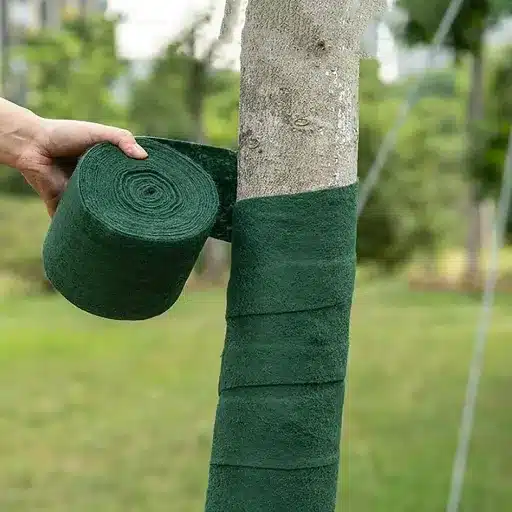
I look out for weather forecasts in early spring and remove wraps from trees as the temperatures rise. I ensure that bark remains dry and inspect it for any visible damage, thereby aiding in their healthy growth.
Regular Inspections for Bark Health
Regular bark inspection is critical for maintaining tree health. Healthy bark is the first defense against pests, diseases, and environmental stresses. Look for signs of damage such as cracks, discoloration, or fungal growth, so that potential problems can be promptly addressed. According to the University of Massachusetts Amherst in 2023, 30% of tree diseases in urban settings result from injuries to the bark that go unnoticed.
Inspect trees twice or more annually, preferably in spring and fall, when conditions align with the detection of potential concerns. Small tools such as a magnifier and bark probe can be immensely useful in detecting faint symptoms. Advanced technologies like infrared imaging provide an opportunity for professionals to ascertain internal decay without resorting to invasive procedures. Such regular examinations will enable property owners to save trees proactively and ensure their long-term life.
Expert Tips to Save a Tree with Damaged Bark
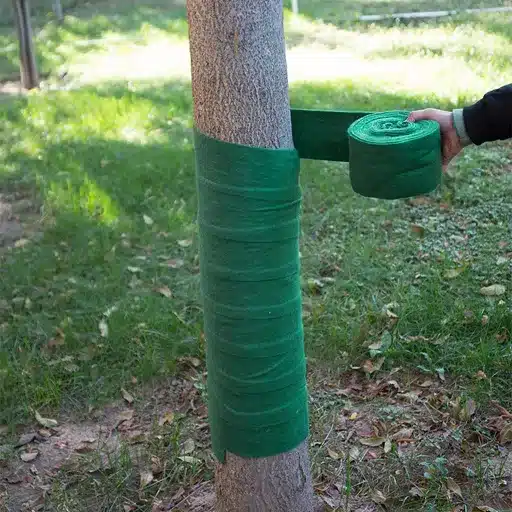
When a tree sustains any bark damage, prompt and careful repair is essential in order for healing to commence and to avoid lasting damage. Some critical approaches from experts for addressing bark damage are as follows:
💡
Assess the damage
Determine how much damage the tree has sustained and how serious it is. If less than 25% of bark has come off, the tree will usually survive if cared for correctly. If more than 50% of bark is removed or girdling (complete loss of bark around the circumference) occurs, the tree is at risk of serious injury or death.
🧹
Clean the wound
To initiate the repair, gently remove any loose or jagged attachment of bark from the edge of the wound. Using a sterilized, sharp instrument, create a clean edge that helps the tree to seal the wound faster. Avoid cutting into healthy bark or tissue. According to the International Society of Arboriculture, this “tracing” actually speeds the recovery process.
🌱
Encourage callus growth
Following wound cleaning, allow nature to take its course by letting the tree attempt to heal itself naturally. Over time trees will begin to produce callus tissue to cover their wounds. Assist this process by ensuring the tree has plenty of water, nutrients, and sunlight. Adding a balanced fertilizer will help the tree to stage a strong recovery.
🛡️
Treat for diseases and pests
Damaged bark leaves the tree open to opportunistic pests and diseases. Treat for fungus or pests as required. The Journal of Forestry, in a 2023 study, found that trees treated early after bark damage suffered 30% fewer infestations than those not treated.
🔧
Bridge grafting for severe damage
When girdling, bridge grafting can be a solution. The method involves fastening juvenile twigs or shoots over the damaged surface to restore nutrient flow. If carried out properly, this method can save a tree that otherwise might fail.
Reference Sources
-
The benefit of wrapping trees in biodegradable material – This study highlights how tree wraps contribute to the stable recovery process of damaged bark and prevent further damage over time.
-
Keep Deer from Rubbing Antlers on Trees and Fix Damaged Trees – This blog discusses practical solutions, including tree wraps, to protect trees from damage caused by deer and other external factors.
-
How to Cover Exposed Bark on a Tree – Expert Help Guide – This guide provides expert advice on using tree wraps and other methods to protect exposed or damaged bark effectively.
Frequently Asked Questions (FAQs)
❓ How to repair tree bark damage properly?
To repair bark damage, it is necessary to clean the affected area and apply a wound dressing if considered appropriate. The use of a breathable tree protector wrap would retain the protective cover of the bark while allowing moisture exchange. You could also seek advice from a certified arborist on what would be best for your tree.
❓ What are the signs of young tree bark damage?
Young tree bark damage shows symptoms such as peeling bark, discoloration, and exposed cambium. If you see such signs, do not waste any time and take immediate measures to avoid major damage and keep the tree healthy.
❓ How do tree trunk protectors aid with bark damage?
Tree trunk protectors serve as a barrier that prevents physical damage and environmental factors that might harm the bark of the tree. They are most suitable in preventing bark damage by sunscald, rodents, and mechanical injury, thus allowing the tree to heal properly.
❓ Can a bark-damaged tree recover?
Many trees with damaged bark can recover, especially if the damage is slight. Care for the damaged tree by watering it properly, fertilizing it well, and wrapping the injured bark could enhance the recovery potential greatly.
❓ What materials make tree wraps?
Tree wraps can be crafted from a number of different materials, including breathable fabric tree protectors, burlap, and plastic wraps. Each would serve as a protection to the tree while allowing air circulation and moisture retention, which is vital to the tree’s health.
❓ How does tree care affect the recovery of damaged bark?
Proper tree care-water, fertilize, and insecticide treatments-treatment for damaged bark will hasten its recovery. Besides the tree’s care needs, one will foster conditions for healthy new growth and avoid further damage to the bark and cambium layer.

